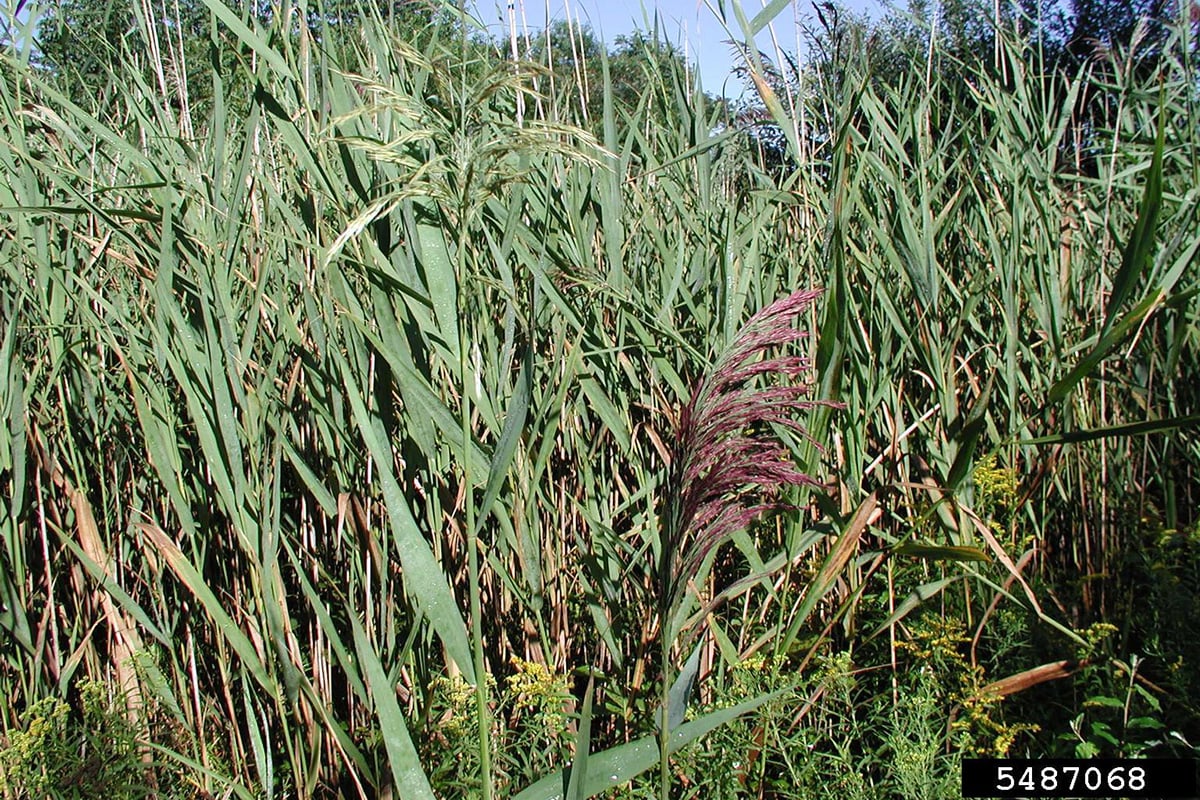Invasive Plants in Massachusetts
Common Reed (Phragmites)
About Common Reed
Common Reed (Phragmites australis) is a perennial grass native to Europe and Asia. It can grow as tall as 14 feet by late summer, and its brownish canes persist through the winter.
A closely-related native subspecies, American Reed (Phragmites americanus), has been documented on Cape Cod. But it's extremely rare and does not form the dense stands typical of Common Reed.
The Problem
It invades wetlands and can quickly form thick, dense stands that displace other plant species. As the diversity of plant species decreases, so too does the habitat that native wildlife depend on.
The Solution
Mowing or hand cutting may be effective at reducing its spread, but likely won't eradicate it. Glyphosate-based systemic herbicides work well when applied in late summer or early fall after flowering, and are effective as a foliar spray for large, dense stands. In areas where desirable plants intermix with Common Reed, apply herbicide directly to freshly cut Phragmites stems.
This species is almost always found in wetlands, so control efforts are usually subject to the Massachusetts Wetlands Protection Act. Before taking action, check with the local conservation commission, and only apply herbicides registered for use in wetlands. Always read and follow the directions on the label when using herbicides.
Salt Marsh Science Project
Since 1996, North Shore students in grades 5–12 have been working with Mass Audubon scientists to learn about the impact of Common Reed on salt marshes. The success of the project depends on student help—the more data we collect, the more scientists can learn about this critically important habitat! Learn more about the Salt Marsh Science Project
Pictures of Common Reed
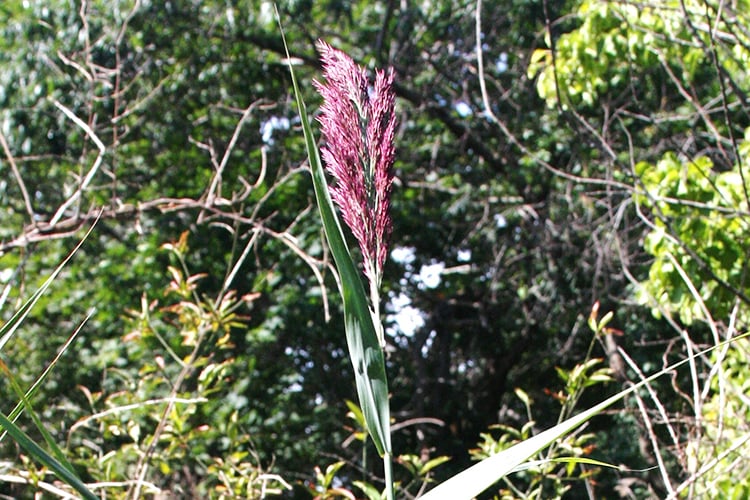
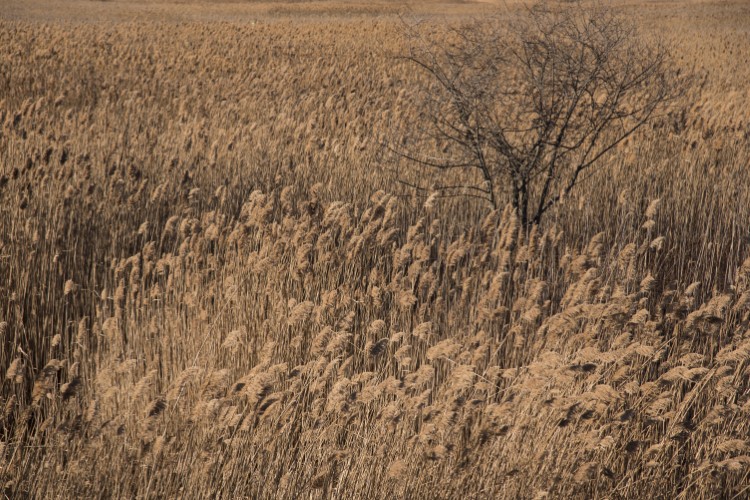
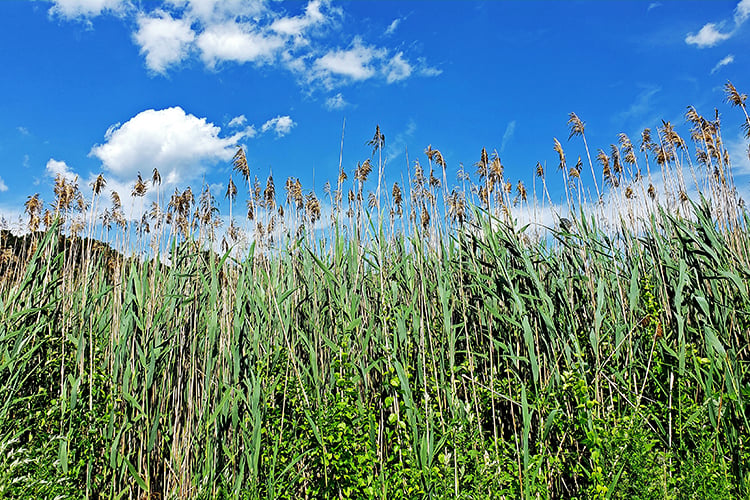
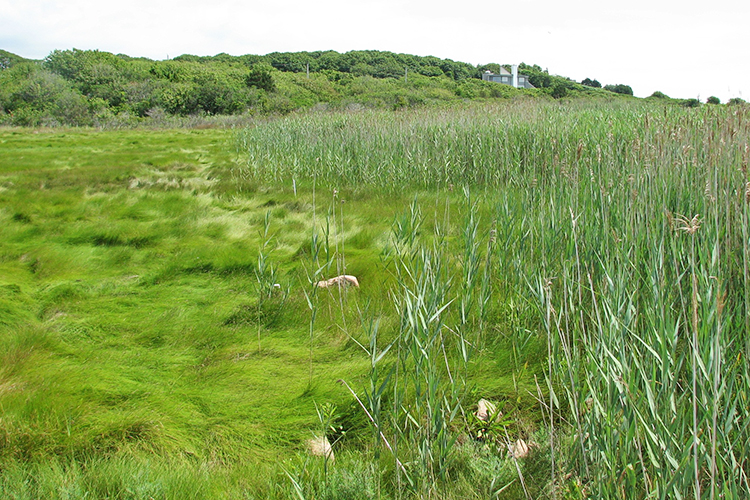
Stay Connected
Don't miss a beat on all the ways you can get outdoors, celebrate nature, and get involved.



